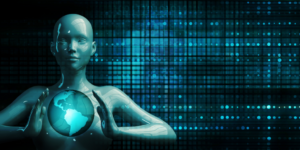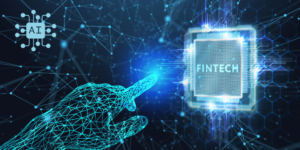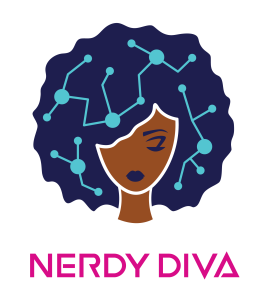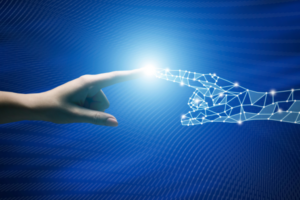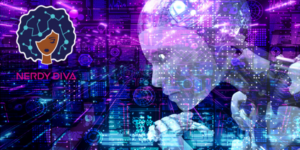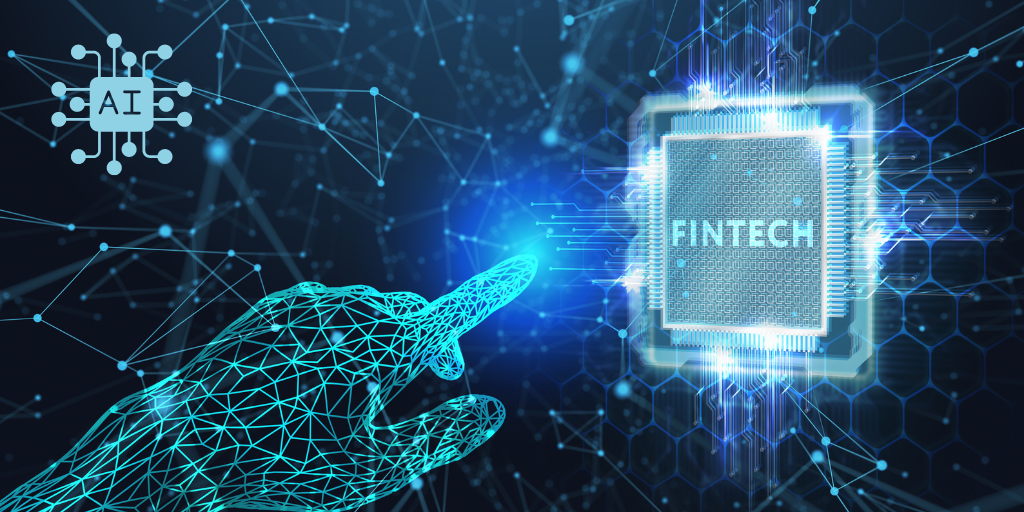
Banking automation is booming in recent years, with advancements in 24/7 mobile banking, enhanced security and fraud detection, blockchain integration, big data analytics, and many more digital technologies. Artificial intelligence systems support both customer-facing operations and automation solutions behind the scenes — but due to the range of document types accepted and various rules and regulations across state and international lines, much of document processing is still being done manually.
Dr. Amar Gupta, a researcher at CSAIL, the Department of Electrical Engineering and Computer Science (EECS), and the Institute for Medical Engineering and Science (IMES) at MIT, is developing technologies and business processes that are capable of quickly and accurately digitizing and processing financial and other documents with zero or minimal human intervention.
In Dr. Gupta’s work across fintech and health care, he takes an integrated approach, encompassing not only financial and medical expertise but also input from engineers, computer scientists, lawyers, and policy makers. In order to deploy novel technologies for fields like fintech and healthcare, he adopts a knowledge-based framework to distinguish between four levels of activities that should be considered for a society in the information age:
- Knowledge Acquisition
- Knowledge Discovery
- Knowledge Management
- Knowledge Dissemination
For example, Dr. Gupta said that when he came to the U.S., he had accounts at a bank that went through three successive rounds of mergers with other banks that merged over time. Each time a merge happened, lots of money was spent integrating this information.
“That’s one of the problems of data aggregation,” he said. “When you are doing things in the modern world, in a modern society, you really need access to information from many different areas. On one side you have this problem of data aggregation. The other side is this issue of data disintegration, which is reaching the data that you actually need. Data overload is what we are facing at this point.”
Each of the levels in his knowledge-based structure helps people parse through the massive amounts of data available, and can be further aided by technology for better interoperability between systems.
- SEO Powered Content & PR Distribution. Get Amplified Today.
- PlatoData.Network Vertical Generative Ai. Empower Yourself. Access Here.
- PlatoAiStream. Web3 Intelligence. Knowledge Amplified. Access Here.
- PlatoESG. Carbon, CleanTech, Energy, Environment, Solar, Waste Management. Access Here.
- PlatoHealth. Biotech and Clinical Trials Intelligence. Access Here.
- Source: https://www.mtlc.co/artificial-intelligence-and-optical-character-recognition-in-fintech/
- :is
- :not
- a
- accepted
- access
- Accounts
- accurately
- across
- activities
- actually
- advancements
- age
- aggregation
- also
- amounts
- an
- analytics
- and
- approach
- ARE
- areas
- artificial
- artificial intelligence
- At
- Automation
- available
- Bank
- Banking
- Banks
- BE
- behind
- behind the scenes
- being
- Better
- between
- Big
- Big Data
- blockchain
- blockchain integration
- both
- business
- business processes
- but
- by
- came
- CAN
- capable
- care
- character
- character recognition
- computer
- computer science
- considered
- CSAIL
- data
- Data Analytics
- Department
- deploy
- Detection
- developing
- different
- digital
- digitizing
- distinguish
- document
- documents
- doing
- done
- dr
- Dr. Gupta
- due
- each
- electrical engineering
- encompassing
- Engineering
- Engineers
- enhanced
- example
- expertise
- facing
- Fields
- financial
- fintech
- For
- four
- Framework
- fraud
- fraud detection
- from
- further
- Gupta
- had
- happened
- Have
- he
- Health
- Health Care
- healthcare
- helps
- his
- HTTPS
- human
- in
- information
- Information Age
- input
- Institute
- integrated
- Integrating
- integration
- Intelligence
- International
- Interoperability
- intervention
- issue
- Lawyers
- levels
- like
- lines
- lots
- Makers
- manually
- many
- massive
- MassTLC
- medical
- Merge
- mergers
- minimal
- MIT
- Mobile
- Mobile banking
- Modern
- money
- more
- much
- Need
- novel
- of
- on
- ONE
- only
- Operations
- optical character recognition
- or
- order
- Other
- over
- People
- plato
- Plato Data Intelligence
- PlatoData
- Point
- policy
- Policy Makers
- Problem
- problems
- processes
- processing
- quickly
- range
- reaching
- really
- recent
- recognition
- regulations
- researcher
- rounds
- rules
- s
- Said
- scenes
- Science
- scientists
- security
- should
- side
- Society
- Solutions
- spent
- State
- Still
- structure
- support
- Systems
- takes
- Technologies
- Technology
- that
- The
- the information
- things
- this
- three
- Through
- time
- to
- types
- u.s.
- various
- was
- we
- went
- What
- when
- which
- with
- Work
- world
- years
- you
- zephyrnet
- zero

